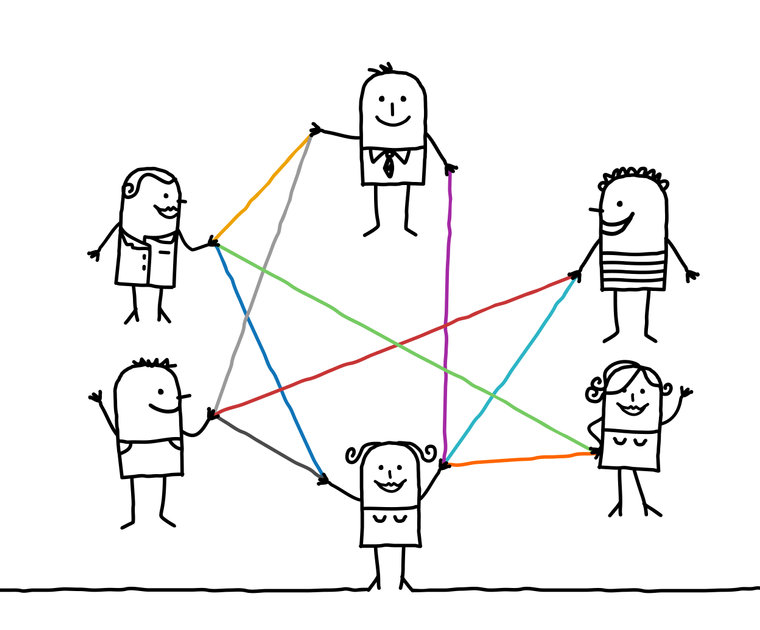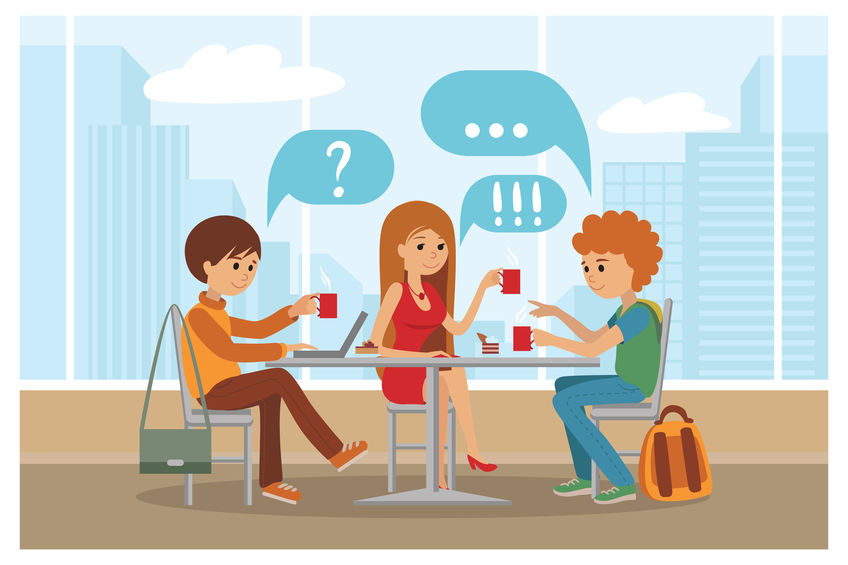Communication is an
Etiquette-ful Two-way Street

Have you ever thought of communication as a responsibility? The words that you say or write, the energy you emit, the body language that is seen by others, all of it works in tandem to send a message. But if that message isn’t received correctly, who is responsible?
Friend and blog copy editor, Cindi Cornelison, told me that many years ago, a professor said something interesting: “Any miscommunication is 100% the fault of both people involved in the conversation. Whether it’s explaining something poorly, using the wrong words, not listening, letting emotion cloud perception, etc. The ‘fault’ may not be such a negative thing, but it did cause the inconvenience of a misunderstanding.”
Sending and Receiving Communication
Communication involves a sender and a receiver with the roles switching back and forth in reciprocal fashion until the transmission is complete. The responsibility lies with each participant to ensure there is no interference in the sending and receiving process.
And with so much traffic on the communication road, being an etiquette-ful traveler requires a friendly attitude.
- Leave gaps of silence to let the other person merge in. Sometimes we aren’t aware that we are talking too much.
- Let others know where you are in the communication stream, helps others know when you are changing the subject. “John, I’m sorry, but I wasn’t clear with what I just said. I am afraid I changed the subject without a transition.”
- Pay attention to what the other person is saying and doing.
- Slow your speech down if you find you are talking too fast and the other person’s eyes are wandering.
- Watch for opportunities to thank others who engage with you.
The benefits of working for politeness on this two-way street helps you maintain clarity and avoid the inconvenience of misunderstanding. If we remember that we are always in the midst of making a possible first impression, our care to be our best will help guide our openness to listening to what it might be like in the other lane.
The reciprocal nature of communicating puts everyone involved on equal footing.
- Both people put forth an equal amount of intention and effort.
- Action is required from both people.
- Understanding that we often move in opposite directions, we hold sacred the rules of give and take. Think of it in the realm of traffic rules. I respect your side of the road and you respect mine.
- As the conversation evolves through time, both need to reassess and update their understanding of current situations.
Dealing with Misunderstandings
Even with the best intentions in mind, clarity is bound to yield to misunderstanding from time to time. And dealing with this situation requires an acceptance of responsibility.
If both participants are responsible, and accept this is so, it is much easier to establish that no harm was intended. However, if this is not easily done, you’ll need to seek clarity.
- Share your misunderstanding.
- Clarifying will help the other person in offering an acceptance or apology.
- Find a way to apologize and admit mistakes, in writing or face to face.
An apology and clarification go a long way in repairing misunderstandings. This shows other people that you are a trustworthy and responsible person. And what better message to give someone?














